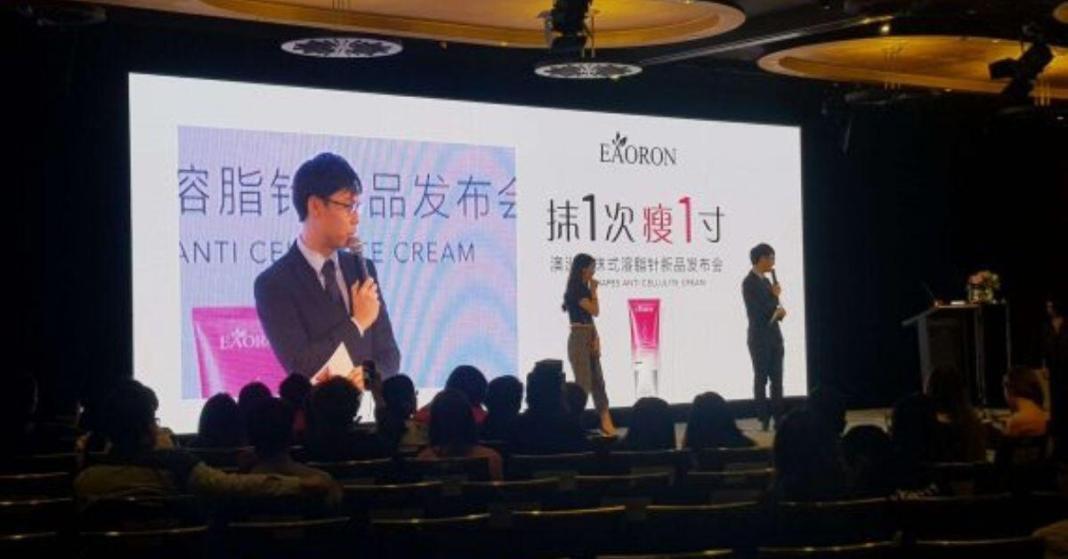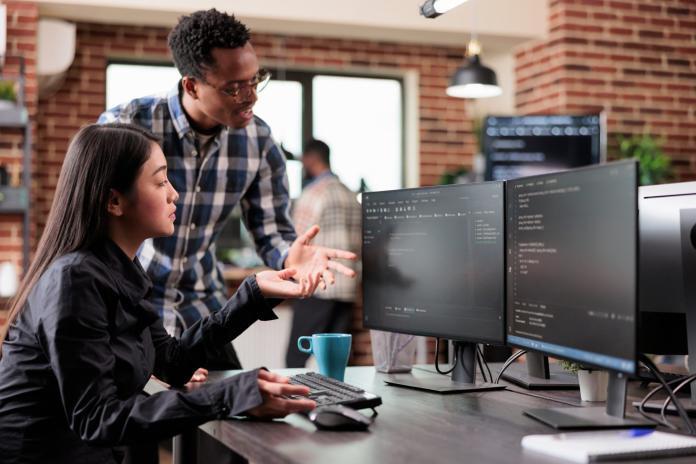In the realm of corporate events, LED screens have become indispensable for their ability to captivate audiences and deliver messages with clarity and impact. Understanding the technical nuances of this technology is vital for businesses to make informed decisions that align with their event objectives.
This extensive manual unravels the intricate details of corporate event planning, offering vital information to assist in selecting the appropriate solution for diverse corporate occasions. Whether it’s a high-profile conference, a team-building retreat, a product launch, or a gala dinner, this manual provides comprehensive guidance to ensure every aspect of the event is meticulously planned and executed.
Understanding LED screen technology
LED (Light Emitting Diode) screens are made up of panels consisting of small LED modules that emit light when an electric current passes through them. The key advantage of these screens over traditional projection systems is their high brightness, which makes them suitable for both indoor and outdoor settings. Furthermore, LEDs offer a level of color accuracy and contrast ratios that are unparalleled in the world of display technology. This means that when it comes to reproducing colors, LEDs can provide a level of precision and fidelity that is unmatched by other types of displays.
Resolution and pixel pitch: Resolution is determined by the pixel pitch, which is the distance (in millimeters) between the centers of two adjacent pixels. The smaller the pixel pitch, the higher the resolution, meaning a more detailed and clearer image. For corporate events, the choice of pixel pitch depends on the viewing distance. When it comes to displaying images or videos on digital screens, the pixel pitch plays a crucial role in determining the clarity and quality of the visuals. It is measured in millimeters and directly affects the resolution and sharpness of the image.
Size considerations: The size of a screen is a crucial factor in ensuring it fits the event space and audience size. It’s essential to balance the screen size with the venue’s dimensions and seating arrangements. A screen that is too large for a small room can be overwhelming, while a small screen in a large venue might not be visible to all attendees. Modular LED panels are a revolutionary technology that offers unparalleled versatility in terms of size and customization. These panels can be seamlessly combined to form personalized screen measurements, allowing users to create displays of any shape or dimension.
Choosing the right LED screen
Selecting the right LED screen for a corporate event involves considering several factors:
Event type and content: The selection of a screen is crucially dependent on the nature of the event and the type of content being showcased. For example, events that emphasize detailed presentations or videos might necessitate screens with higher resolutions.
Indoor vs. outdoor use: Outdoor screens must possess durability, resistance to weather conditions, and enhanced brightness to remain visible under direct sunlight. Conversely, indoor screens can have lower brightness levels, but they should provide higher resolution to ensure optimal viewing from close distances.
Budget: The price fluctuates depending on the dimensions, clarity, and functionalities of the display. It is crucial to strike a balance between the technical specifications and the allocated funds.
Set-up and teardown logistics
The logistics of setting up and dismantling equipment are critical to the smooth execution of an event. The timing of these processes should be meticulously planned to minimize disruption, especially for events with tight schedules. It’s essential to have professional technical support for the safe and correct installation of LED screens. This expertise not only ensures that the screens are set up efficiently but also helps in quickly resolving any issues that might arise during the event.
Additionally, the transport and storage of these screens require special attention. These components are delicate and must be handled with care to avoid damage. This often necessitates specialized packaging and handling equipment, as well as considerations for secure storage when the screens are not in use. Proper management of these logistical aspects is vital in maintaining the integrity of the LED screens and ensuring the success of the event.
Maintenance and lifespan
Regular maintenance plays a crucial role in extending the longevity of an LED screen. This encompasses tasks such as cleaning, inspecting connections, and ensuring that the software is always up-to-date. While the typical lifespan of an LED screen falls within the range of 80,000 to 100,000 hours, it is important to note that this duration may vary depending on the level of usage and the quality of maintenance provided.
Screen sales and rental options
For businesses looking to integrate LED screens into their events, there are options to either purchase or rent. LED screen sales offer a long-term solution for companies that frequently host events while renting is a cost-effective option for occasional use. Organizations should assess various factors, such as the overall cost of ownership, which encompasses maintenance and storage, when contemplating a purchase.
Complementary technologies
To augment the impact of LED screens, incorporating complementary technologies like a sound system is essential. A PA system for hire can be an excellent addition, providing clear and balanced audio that complements the visual experience. In today’s fast-paced world, event organizers must integrate superior audio and visual components to create comprehensive, captivating experiences. Simple slideshows and basic sound systems are no longer enough to engage audiences.
In summary, LED screens prove to be a versatile and influential asset in elevating corporate events by providing a range of benefits and enhancing the overall experience for attendees. Understanding their technical aspects, from resolution and size to set up logistics, is essential for businesses to make informed decisions. By choosing the right screen solution and complementing it with other technologies like a PA system, companies can create impactful, memorable events that resonate with their audience.
As the evolution of technology persists, it will be crucial for professionals in the corporate event industry to remain well-informed and flexible. Technology has already revolutionized the way events are planned, executed, and experienced, and this trend is only expected to continue.
You may also like,










